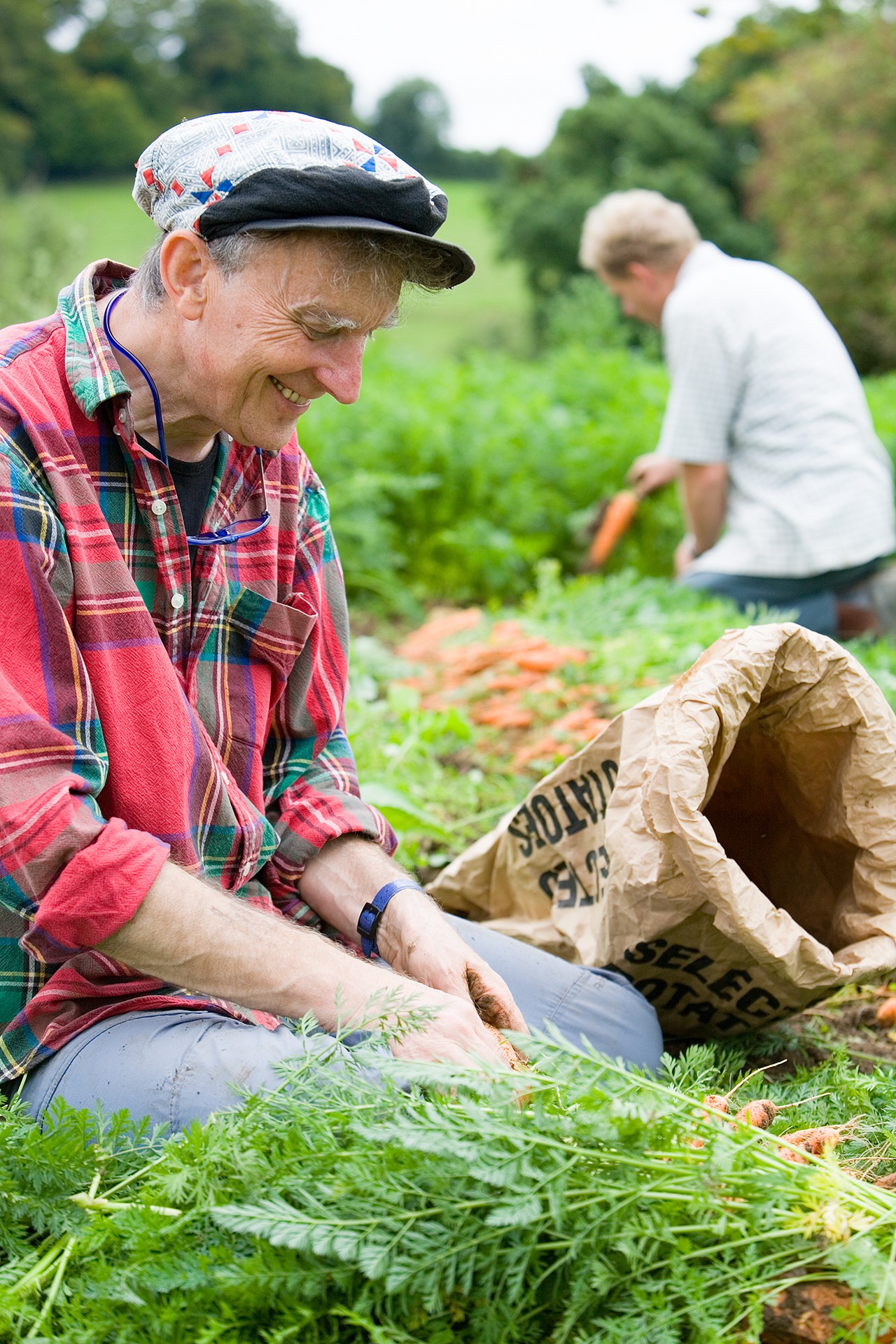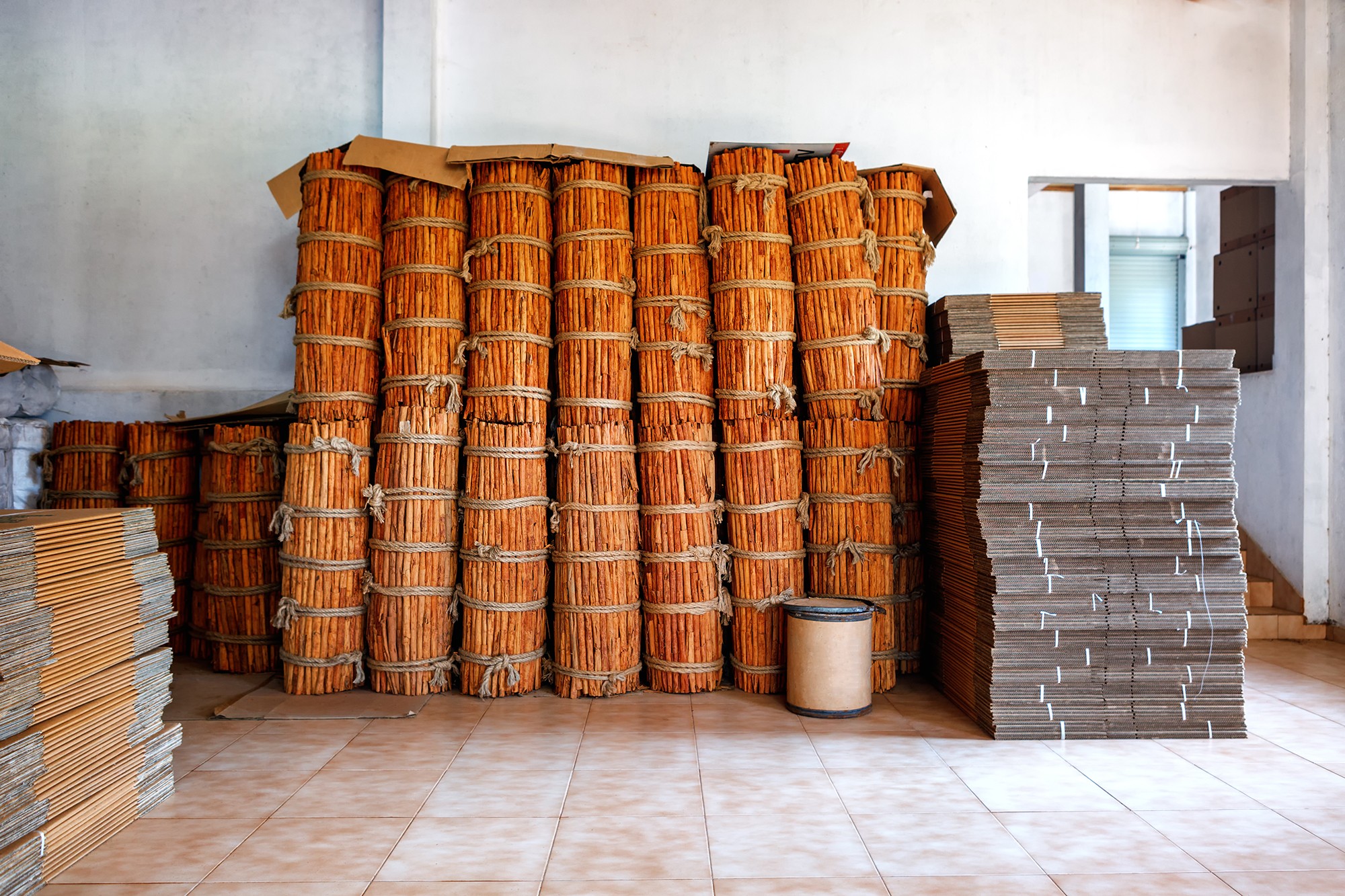A growing population, climate change, pressure on agricultural land and widening food inequality are driving innovation efforts in agriculture.
As previous editions of the News have reported, agri co-ops are well-placed to push this process forward because they have to respond to the needs of the their members and their farmer-owners. Examples include European co-ops in Copa-Cogeca’s network pushing foward the “bioeconomy revolution”, the Scottish Agricultural Organisation Society working with members to help them improve preservation of soil quality, and French dairy co-op Sodiaal channeling multi-million euro grants from the European Investment Bank into efficiency research.
Here, we look at three examples of co-ops around the world driving change – from large scale to small.
Here, we look at three examples of co-ops around the world driving change – from large scale to small.
The village
Small, isolated communities in developing countries often face difficulties in sourcing and paying for food – and one solution is small-scale, sustainable agriculture – operating right down to backyard level.
In Tanzania, national newspaper The Citizen recently highlighted a project in Unyangwe, a village in the Ikungu district of the Singida region, which has been struggling to feed itself. For children under the age of two, malnutrition was a common problem – prompting villagers to take action by forming co-ops.
The project has seen locals organise vegetable gardens and small-scale poultry farms and setting up village community banks to enable the funding of projects.
Villagers told the Citizen that vegetable patches used to be rare sight in the area – but now most households have them, growing spinach, tomatoes, kale, courgettes, onions and other veg.
Such small-scale projects are being developed under the umbrella of UN body World Food Programme Tanzania. Agnes John, from Ikungu Municipal Council, which has been working with WFP Tanzania on the scheme, told the Citizen that widespread malnutrition had left children with mineral and vitamin deficiency and stunted growth, but education around home veg growing have paid off.
And co-ops have played a crucial role in spreading the word, allowing villagers to come together and share experiences and ideas. And by offering savings and credit services, they also offer them a mechanism to build a more secure food future for their community.

The grassroots network
In the UK, Community Supported Agriculture is a multi-stakeholder co-op network of farms which works to connect people with the source of their food.
The project sees farmers and consumers share the responsibilities, risks and rewards of agriculture – which can happen in several ways: through ownership or investment in the farm or business, sharing the costs of production, accepting a share in the harvest or providing labour.
Most of its farms grow veg but some also produce eggs, poultry, bread, fruit, pork, lamb, beef and dairy.
It’s a partnership which gives farmers a more reliable customer base, a steadier income, and a closer connection to the community – while those buying the food can eat more healthily, get closer to the land and learn new skills.
CSA dates back to a Soil Association project which created around 80 farms in just five years. When this scheme ended, CSA farm members decided to continue as an independent organisation and launched the network in December 2013.
It now works with Open Food Network, an online community of producers, distributors and retailers working for a fairer food system in the UK, and Eating Better, an alliance of civil society organisations working to reduce, and improve, the amount of dairy and meat produced and consumed, “for health, environment, animal welfare and social justice.

The national programme
In northern Vietnam, farming and forestry are key industries but because nearly half of householders own less than a hectare of land, it is hard for them to earn a living income.
Now, UN agency Forest and Farm Facility (FFF) is working with the Viet Nam National Farmers’ Union (VNFU) to help these smallholders form co-ops, in line with the Sustainable Development Goals – specifically, those aimed at eliminating poverty, providing decent work and sustainably managing forests.
The two organisations say that coming together as co-ops will help smallholders gain organic certification, invest in new production methods, improve their negotiating power when making contracts, and increase the price of their goods.
The initiative has created 14 co-operatives benefiting directly 650 farmers (45 percent of them female), reports the International Press Syndicate – with incomes rising by 10 to 20%.
FFF and VNFY say co-operation will also help these smallholders act as stewards of biodiversity, soil and water, and offer them ways to improve their resilience, sustainability and productivity. One of FFF’s key goals is the restoration of forest environments and the creation of “climate-resilient landscapes”, alongside the alleviation of hunger, green growth, poverty reduction and rural development.
Co-ops include Dao Thinh, a cinnamon producing co-op which offers training in organic growing, market analysis and product development. Its growers have visited trade fairs, cut out middlemen on the market, and make deals with buyers in Europe and Japan. They have used their increased income to lease land to build a processing plant.